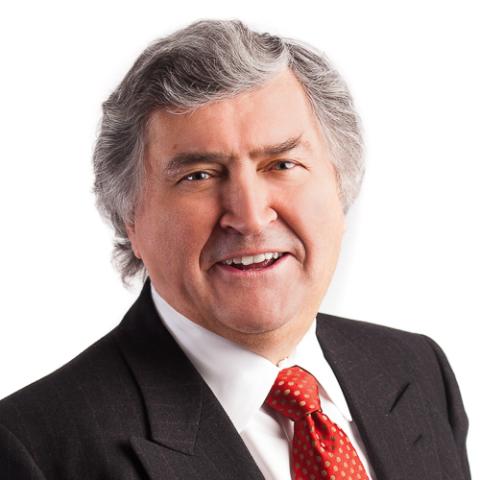A new book on the history of religious freedom in America is akin to a new book on Abraham Lincoln: the topic is undoubtedly important and interesting, but hasn’t everything of note already been said?
Not necessarily. Steven Waldman’s book is essential reading for anyone with an interest in religious freedom, as it deals with issues that remain at the core of many of our most vital public debates. Waldman tells a fascinating story in a fascinating way. He writes with care, verve, and insight. With an eye to detail and anecdote, he challenges many common prejudices. Sacred Liberty will both comfort and discomfort its diverse audience.
“In the beginning, America pretty much rejected religious liberty,” reads the book’s opening line. This suggests that what follows might be yet another tedious catalog of America’s many wrongs. And Waldman certainly provides sufficient graphic portraits of religious prejudice, injustice, and violence to temper any American triumphalism based in false notions of a steady unfolding of liberty since the country’s founding. But he also tells enough tales of struggles and victories for religious freedom to encourage us about what we have inherited and how far we have come. On the left and the right, customary heroes are challenged and customary villains show surprising virtues.
For the most part, the book describes America’s repression of unpopular minorities, coupled with successful struggles for freedom for hitherto rejected groups. Waldman shows how slavery, apart from its other abominations, was also a violent assault on religious freedom since many slaves were Muslims or followers of African traditional religions who were barred in captivity from practicing their religion. Native Americans were subjected to similar repression in the name of civilizational superiority: native spiritual dances and drum rituals were banned, and government and denominational schools sought to coerce Indian children into converting to Christianity.
As recently as World War II, Jehovah’s Witnesses were repressed, and in some cases castrated, for refusing to recite the Pledge of Allegiance. The worst attack on Jews in American history took place not in the 19th-century but in the 2018 attack on the Tree of Life synagogue in Pittsburgh, where 11 died. And in the modern age Muslims face stereotype and rejection.
Waldman also describes ongoing attacks on Catholics, perhaps the most consistently religiously persecuted group in America, who were routinely described as subversive and reactionary in terms reminiscent of some modern denigration of Muslims. In the 19th century, Protestant mobs set fire to Catholic convents, and Catholics were one of the Ku Klux Klan’s targets.
Meanwhile, Mormons suffered massacre and war. There were pogroms against them in Missouri, where Governor Lilburn Boggs issued an executive order declaring that “the Mormons must be treated as enemies, and must be exterminated or driven from the state if necessary for the public peace.” Their founder, Joseph Smith, was murdered by a mob in Carthage, Illinois.
Waldman carefully summarizes the arguments over religious freedom at America’s founding and argues that Thomas Jefferson’s sometimes doctrinaire secularism led him to a truncated understanding of religion and religious freedom. Waldman’s champion is James Madison, whose approach he finds richer and more principled than that of Jefferson.
One reason for Madison’s stand was his knowledge of ongoing, systematic persecution close to his home in Virginia. The principal victims were Baptists and the principal persecutors were Anglicans. By the time of the Revolution, over half of the Baptist pastors in Virginia had been arrested and jailed, and sometimes even tortured, for the crime of preaching what they believed.
This reality, together with similar repression in other colonies, leads Waldman to stress the role of Baptists, and other forerunners of contemporary evangelicals in America’s struggles for religious freedom—not only for themselves but for others. “No religious group did more to advance religious freedom than evangelical Christians, at least in the 18th and 19th centuries.” Consequently, he laments the amnesia that mars the current stance of evangelical Christians in America, especially in relation to Muslims. At the same time, he gives measured credence to evangelicals’ laments about present-day restrictions on religious freedom.
One of his most striking claims is that a major change in American attitudes came during World War II. The war made people of different faiths into literal comrades-in-arms, fighting for each other’s lives. This sentiment was reflected in popular entertainment. In a 1945 episode of his Old Gold CBS radio show, Frank Sinatra averred that “religion doesn’t make any real difference, except to a Nazi or a dope.” In a war against Nazis, anti-Semitism also needed to be fought, which strengthened the idea of a Judeo-Christian heritage. Franklin Roosevelt repeatedly advocated the “freedom of every person to worship God in his own way—everywhere in the world.”
Waldman’s broad perspective challenges many conventional narratives and shows that despite our conflicted history, we have still come a long way. It also provides good grounds to hope that we may continue on the road to freedom.
















